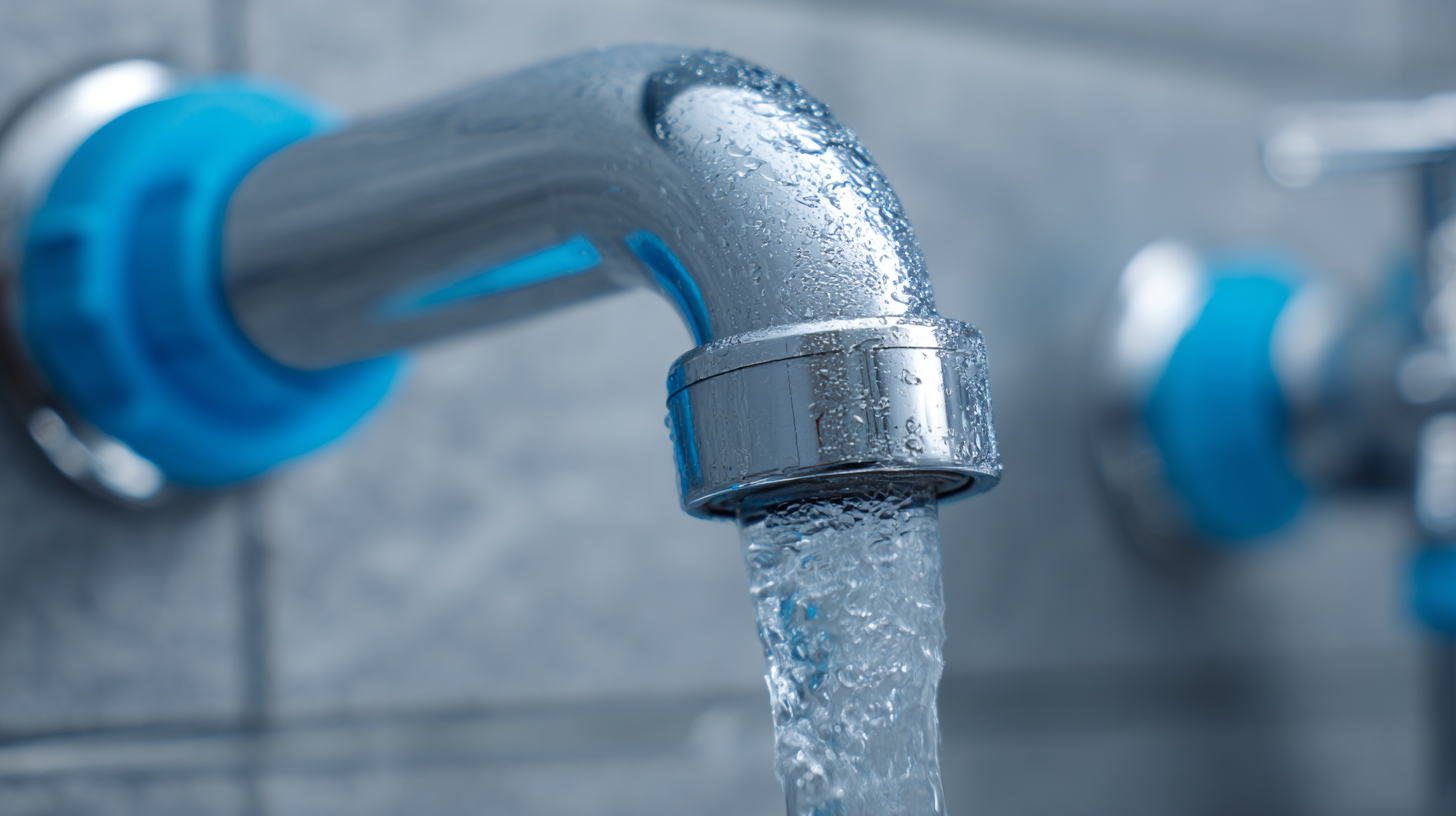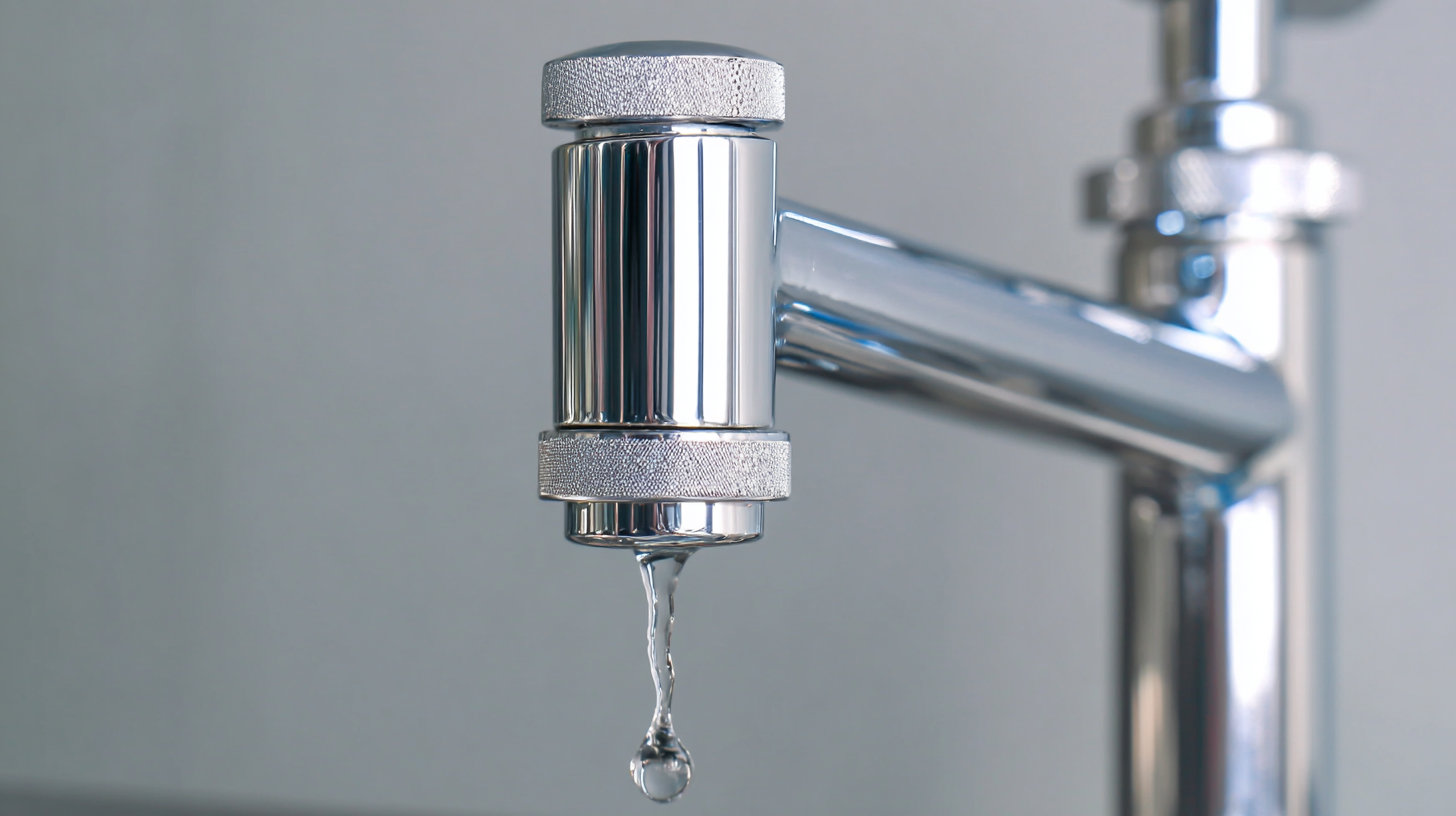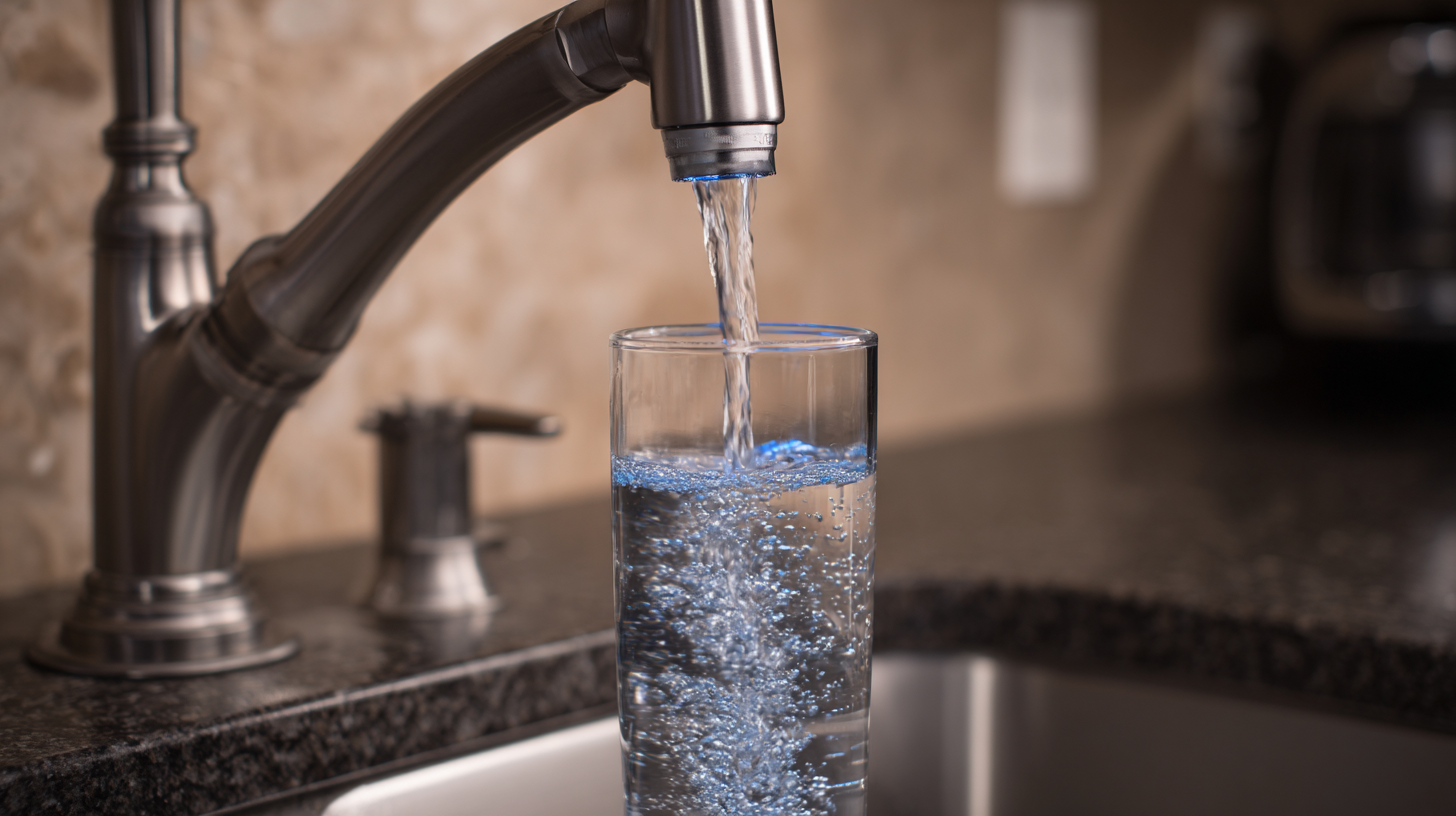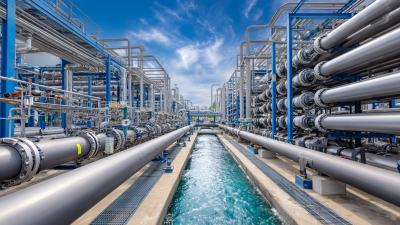Leave Your Message
Request a Quote
In the pursuit of optimal water quality and safety within our homes, the concept of "Pre-Filtration" emerges as a crucial step that cannot be overlooked. According to Dr. Emily Johnson, a leading expert in water purification technologies, “Pre-Filtration is the first line of defense in safeguarding our health and ensuring the purity of the water we consume.” By effectively removing larger particles and contaminants before the primary filtration process, pre-filtration systems significantly enhance the efficacy of overall water treatment.
The significance of pre-filtration extends beyond merely improving taste or clarity; it plays a vital role in ensuring that harmful substances such as sediments, chlorine, and other pollutants are effectively captured. This preliminary treatment is essential for households relying on well water or municipal sources, where water quality can greatly vary. As water quality concerns grow, understanding the importance of pre-filtration becomes imperative for homeowners who are committed to ensuring a safe and healthy environment for their families.
Investing in a reliable pre-filtration system not only maximizes the lifespan of main filters but also dramatically reduces the risk of exposure to harmful contaminants. As awareness about water quality issues rises, it is essential to consider pre-filtration not just as an option, but as a fundamental component of a comprehensive home water safety strategy.

Pre-filtration is a critical step in residential water treatment systems, serving as the first line of defense against contaminants. By removing larger particles, sediments, and potential impurities before they reach the main filtration system, pre-filtration enhances the overall efficiency and lifespan of water purification equipment. This is particularly relevant in homes where water quality may vary, as it ensures that more advanced filtration technologies can operate optimally without being overwhelmed by debris.
Recent advancements in home water filtration solutions highlight the importance of implementing effective pre-filtration methods. Families looking to improve their water quality are advised to consider systems that integrate pre-filtration to safeguard against harmful substances such as bacteria and heavy metals. By doing so, homeowners not only enjoy cleaner, safer drinking water but also reduce wear and tear on their filtration systems, contributing to a more sustainable and cost-effective solution for water management. The push for better water quality underscores the critical role pre-filtration plays in achieving healthier living environments.
| Aspect | Importance | Benefits | Common Contaminants Removed |
|---|---|---|---|
| Sediment Removal | Prevents clogging of downstream filters | Prolongs lifespan of filters | Sand, Dirt, Silt |
| Chlorine Reduction | Improves taste and odor | More pleasant drinking experience | Chlorine |
| Heavy Metal Filtration | Reduces health risks | Ensures cleaner, safer water | Lead, Mercury, Cadmium |
| Bacteria and Protozoa Removal | Enhances biological safety | Protects against waterborne diseases | E. coli, Giardia |
| Chemical Contaminant Reduction | Improves overall water quality | Creates healthier household environment | Pesticides, Herbicides |
Water quality in our homes is profoundly influenced by various contaminants, which can stem from both natural sources and human activities. According to the Environmental Protection Agency (EPA), drinking water in the United States can contain over 80 contaminants, including heavy metals like lead, chemicals like chlorine, and biological pathogens. Notably, lead exposure, even at low levels, can adversely affect neurological development in children, highlighting the critical need for pre-filtration systems to mitigate these risks.
Pre-filtration systems play a significant role in reducing the levels of these hazardous substances before water reaches our taps. For instance, a study by the Water Research Foundation found that certain filtration systems can remove up to 99% of lead and 95% of chlorine, ensuring safer drinking water for households. Furthermore, pre-filtration helps in eliminating microbial contaminants such as Giardia and E. coli, which can lead to severe gastrointestinal issues. Investing in effective pre-filtration not only enhances the taste and odor of water but also provides peace of mind regarding the overall safety and quality of the water we consume daily.
 Pre-filtration plays a crucial role in enhancing the quality and safety of drinking water in homes. A significant amount of health risks associated with water consumption can be mitigated by employing effective pre-filtration methods. Statistical insights reveal that homes equipped with advanced pre-filtration systems experience a marked reduction in contaminants, leading to lower incidences of waterborne diseases. This proactive measure not only improves the taste and clarity of water but also fortifies the overall hygiene standards within the household.
Pre-filtration plays a crucial role in enhancing the quality and safety of drinking water in homes. A significant amount of health risks associated with water consumption can be mitigated by employing effective pre-filtration methods. Statistical insights reveal that homes equipped with advanced pre-filtration systems experience a marked reduction in contaminants, leading to lower incidences of waterborne diseases. This proactive measure not only improves the taste and clarity of water but also fortifies the overall hygiene standards within the household.
Furthermore, the correlation between pre-filtration and health outcomes is evident in various studies. These studies indicate that implementing pre-filtration can reduce heavy metals, bacteria, and other harmful substances present in tap water by up to 90%. Families utilizing these systems report fewer health issues related to gastrointestinal infections and other water-related ailments. Thus, investing in pre-filtration technology presents a compelling case for ensuring safe drinking water and protecting the health of family members.
Pre-filtration plays a crucial role in enhancing water quality and safety in our homes, particularly when compared to conventional water filtration methods. According to a report by the Water Quality Association, pre-filtration can remove up to 90% of sediment and other particulates before water reaches the primary filtration system. This preliminary step helps extend the lifespan of the main filtration units and improves their efficiency in removing harmful contaminants like chlorine, heavy metals, and microorganisms.
In addition to improving the performance of primary filters, pre-filtration systems can significantly enhance the overall effectiveness of water treatment. A study conducted by the American Water Works Association found that homes utilizing pre-filtration systems reported a 40% reduction in overall contaminants when measuring against conventional filters alone. Such results underscore the importance of implementing a two-step filtration process to not only ensure cleaner and safer drinking water but also to reduce maintenance costs associated with frequent filter replacements. By investing in pre-filtration systems, homeowners can achieve a higher standard of water quality, ensuring that their families have access to safe and pleasant drinking water.
The future of pre-filtration technology in home water systems is set to undergo significant advancements by 2025, driven by increasing awareness of water quality issues and rising consumer demands for health and safety. According to a recent report by the Water Quality Association, approximately 50% of households in the United States rely on some form of water filtration. Innovations are emerging to address common contaminants such as lead and chlorine, with new pre-filtration systems incorporating advanced techniques like UV sterilization and multi-stage filtration. These technologies not only improve the taste and odor of water but also enhance its safety by effectively eliminating harmful pathogens.

Moreover, the integration of smart technology in pre-filtration systems is anticipated to revolutionize the consumer experience. As reported by the International Water Association, the market for smart water technologies is projected to grow by over 20% annually through 2025. Smart pre-filtration devices will feature real-time monitoring capabilities, allowing homeowners to track water quality metrics through mobile applications. This connectivity provides users with valuable insights and alerts regarding water conditions, ensuring they have access to the safest water possible. These innovations, rooted in data-driven solutions, signify a transformative shift towards more proactive management of home water quality and safety.







